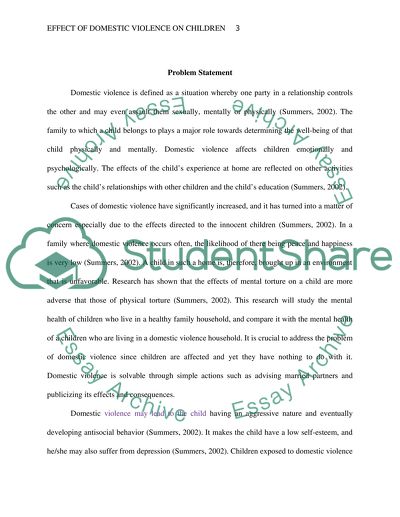Cite this document
(“Impact of Domestic Violence on Children Research Proposal”, n.d.)
Retrieved from https://studentshare.org/law/1662524-impact-of-domestic-violence-on-children
Retrieved from https://studentshare.org/law/1662524-impact-of-domestic-violence-on-children
(Impact of Domestic Violence on Children Research Proposal)
https://studentshare.org/law/1662524-impact-of-domestic-violence-on-children.
https://studentshare.org/law/1662524-impact-of-domestic-violence-on-children.
“Impact of Domestic Violence on Children Research Proposal”, n.d. https://studentshare.org/law/1662524-impact-of-domestic-violence-on-children.


